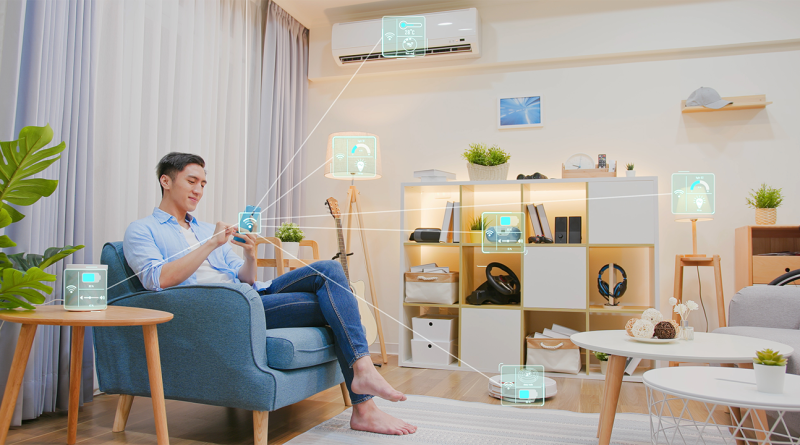The Top 10 Smart Home and Building Innovations
The construction industry is at the forefront of a technological revolution, and nowhere is this more evident than in the rise of smart homes and buildings. These structures leverage advanced technologies to create more efficient, comfortable, and sustainable living and working environments. Here’s a comprehensive look at the 10 key innovations driving this transformation:
1. IoT Integration
The Internet of Things (IoT) is the backbone of smart buildings, connecting devices and systems for seamless operation. HVAC systems, lighting, security, and even kitchen appliances can be controlled remotely, offering unparalleled convenience and energy efficiency. Recent advancements in IoT technology have improved device interoperability and data security, ensuring more reliable and secure smart home environments.
2. Energy Management Systems
Smart buildings use sophisticated energy management systems to monitor and optimize energy usage. These systems can adjust lighting and temperature based on occupancy and time of day, significantly reducing energy waste and lowering utility bills. The latest systems incorporate AI to predict energy consumption patterns and automate energy-saving measures.
3. Smart Security Solutions
Modern smart buildings are equipped with advanced security systems, including smart locks, cameras, and motion sensors. These systems can be monitored and controlled via smartphones, providing real-time alerts and peace of mind for occupants. Biometric access controls and AI-driven threat detection are now being integrated to enhance security further.
4. Sustainable Building Materials
Sustainability is a key focus in the construction of smart buildings. Materials such as recycled steel, low-VOC paints, and energy-efficient windows not only reduce the environmental impact but also contribute to healthier indoor environments. New innovations include bio-based materials and smart glass that can adjust its transparency based on light conditions.
5. Automated Building Maintenance
Smart buildings often feature automated maintenance systems that can detect and address issues before they become significant problems. For example, sensors can monitor the condition of HVAC systems and alert maintenance teams when servicing is needed. Predictive maintenance powered by machine learning is becoming standard, reducing downtime and repair costs.
6. Smart Lighting Systems
Advanced lighting systems in smart buildings adjust automatically based on natural light availability and occupancy. These systems not only save energy but also enhance the comfort and well-being of the occupants. The latest systems include circadian lighting that mimics natural light cycles to improve sleep and productivity.
7. Integration with Renewable Energy Sources
Smart homes and buildings increasingly incorporate renewable energy sources like solar panels and wind turbines. Integration with smart grids allows these buildings to generate, store, and use renewable energy efficiently. Innovations like energy storage solutions and vehicle-to-grid technology are enhancing the sustainability of smart buildings.
8. Enhanced Connectivity
High-speed internet and reliable connectivity are crucial for the operation of smart devices. Modern smart buildings are equipped with robust network infrastructures to support the myriad of connected devices. The advent of 5G technology is set to revolutionize connectivity, providing faster and more reliable internet for smart buildings.
9. Adaptive Reuse and Retrofitting
Retrofitting existing buildings with smart technologies is an emerging trend. This approach not only preserves historical structures but also brings them up to modern standards of efficiency and functionality. Techniques include the installation of smart sensors and the upgrading of HVAC and lighting systems.
10. Future-Proofing
Smart buildings are designed with future technologies in mind. Modular systems and adaptable infrastructures ensure that these buildings can evolve with technological advancements, protecting investments and enhancing long-term value. Recent developments include the use of digital twins for building management and predictive analytics.
The construction of smart homes and buildings represents a significant leap forward in the industry. By embracing these technologies, the construction sector can create environments that are not only more efficient and sustainable but also more responsive to the needs of their occupants.
